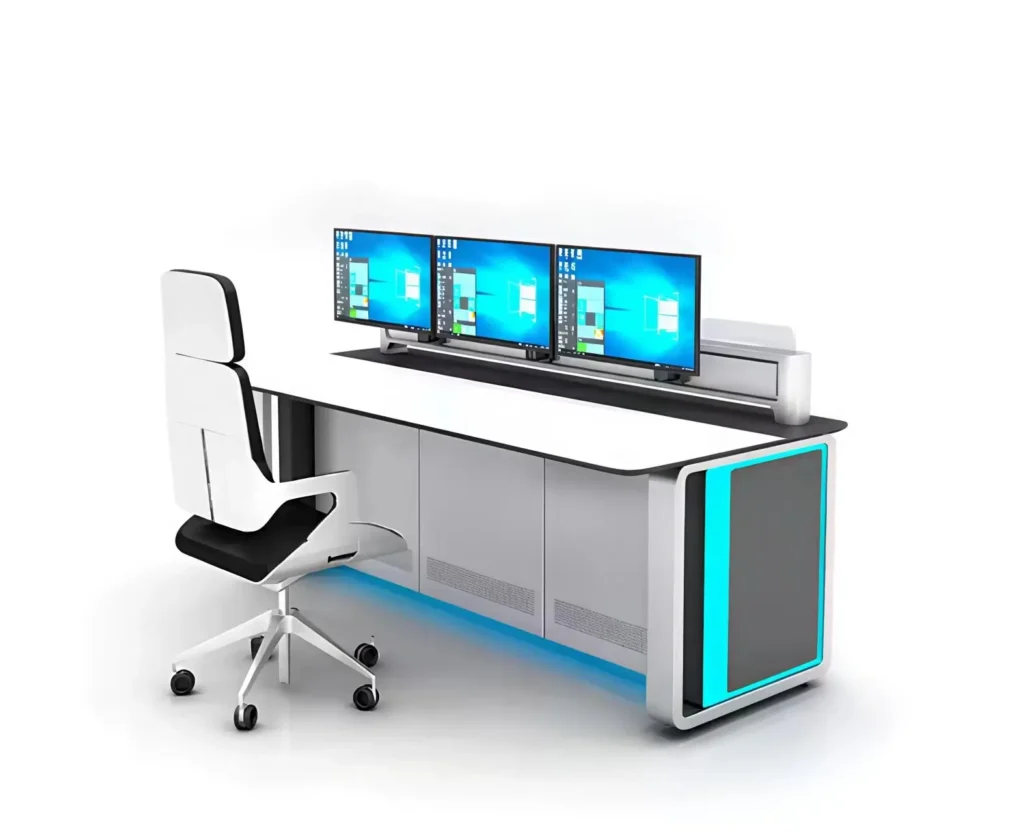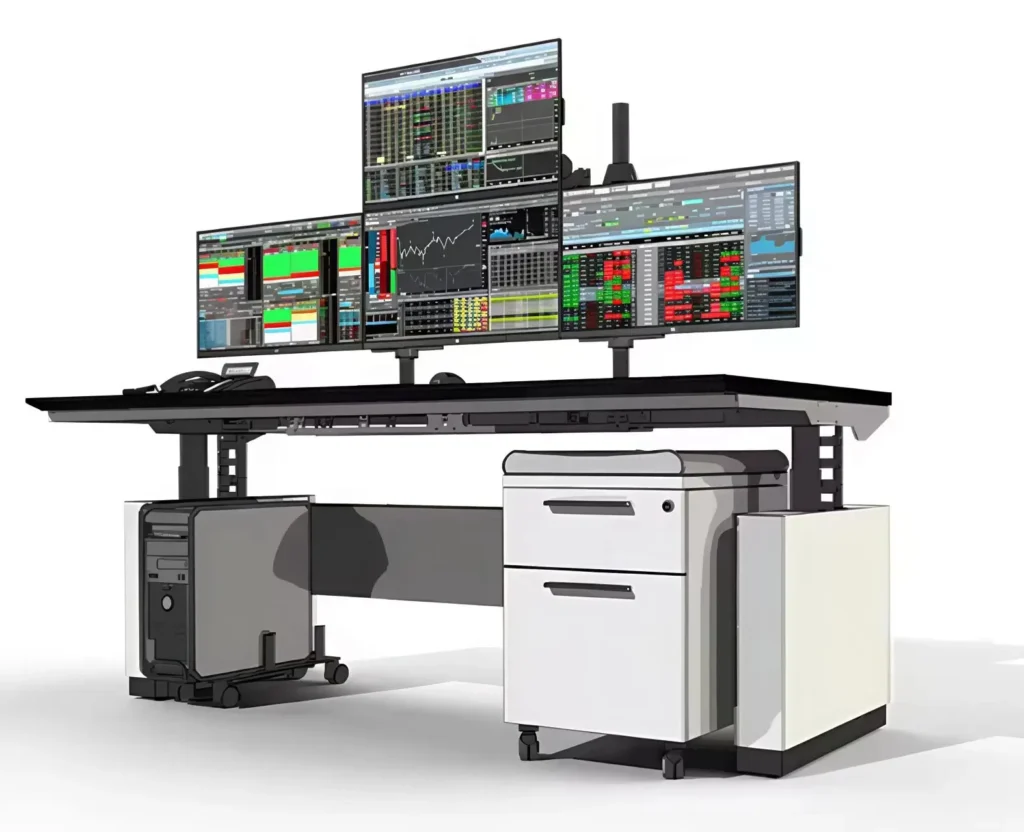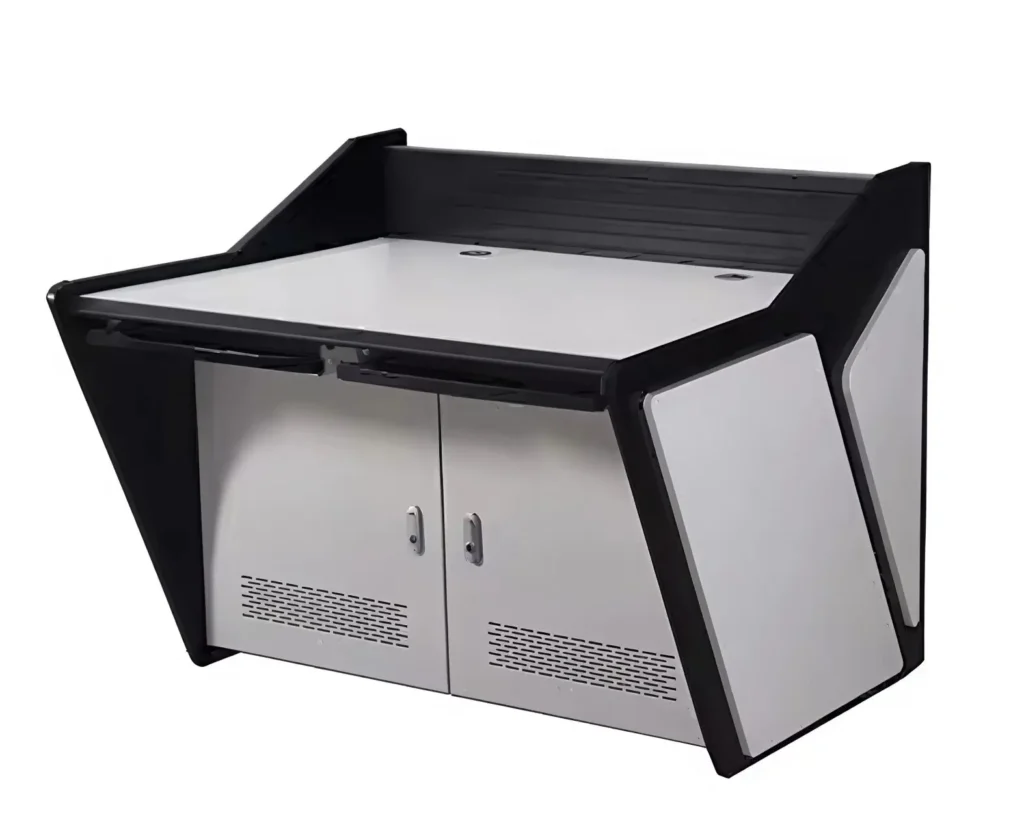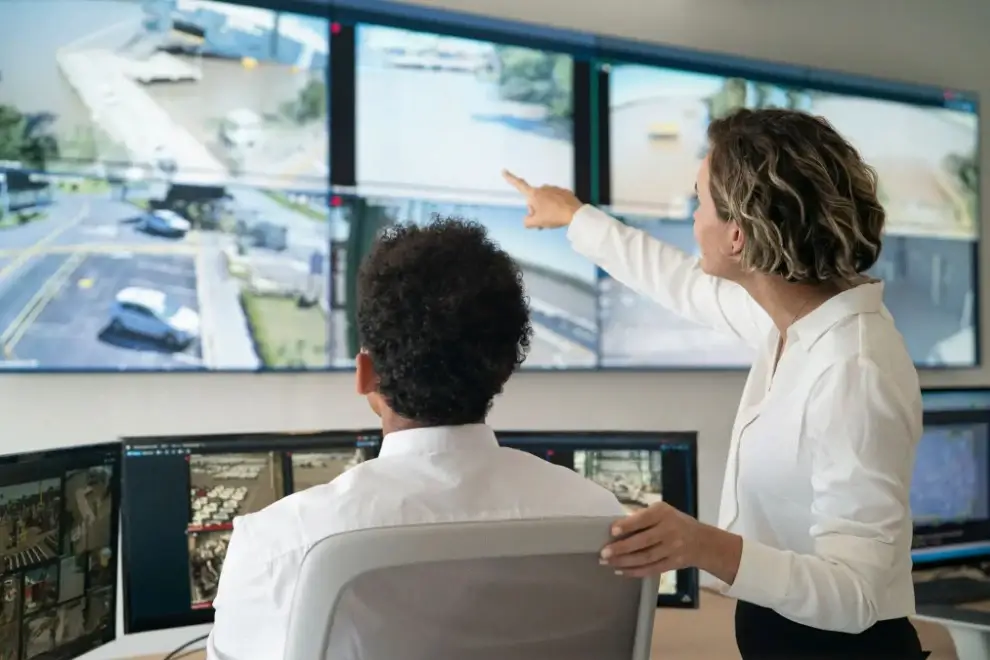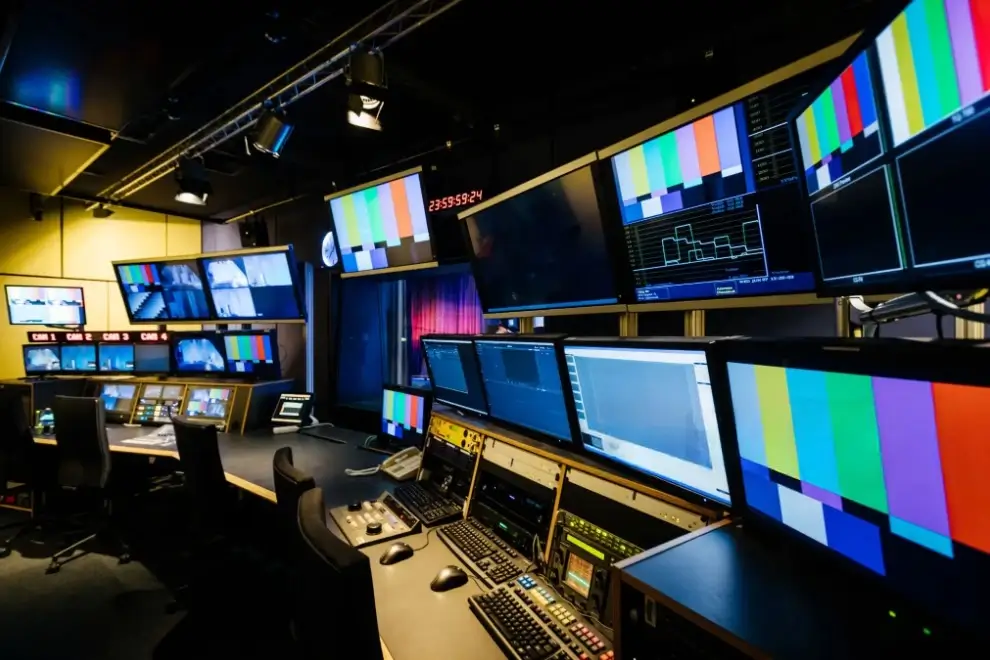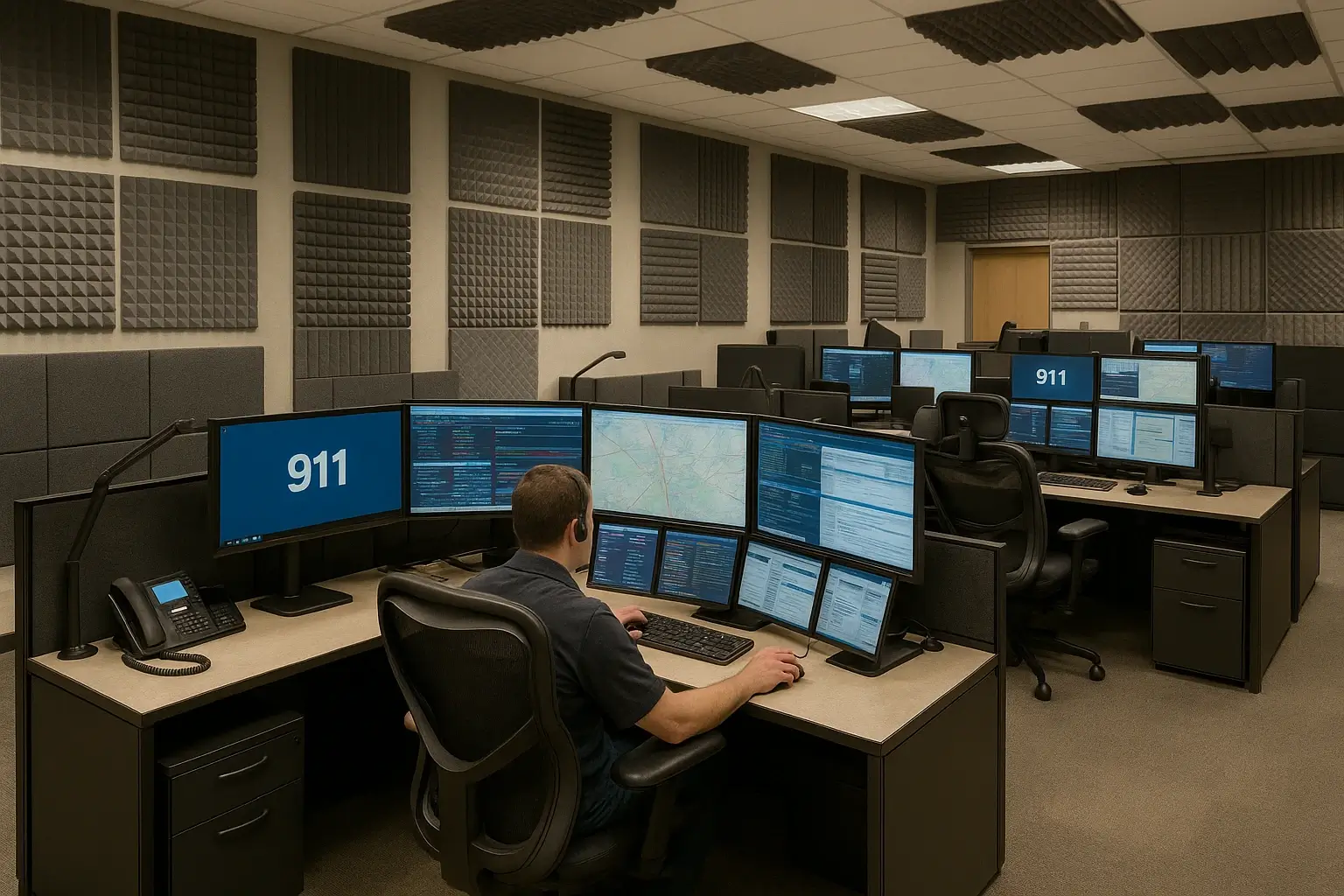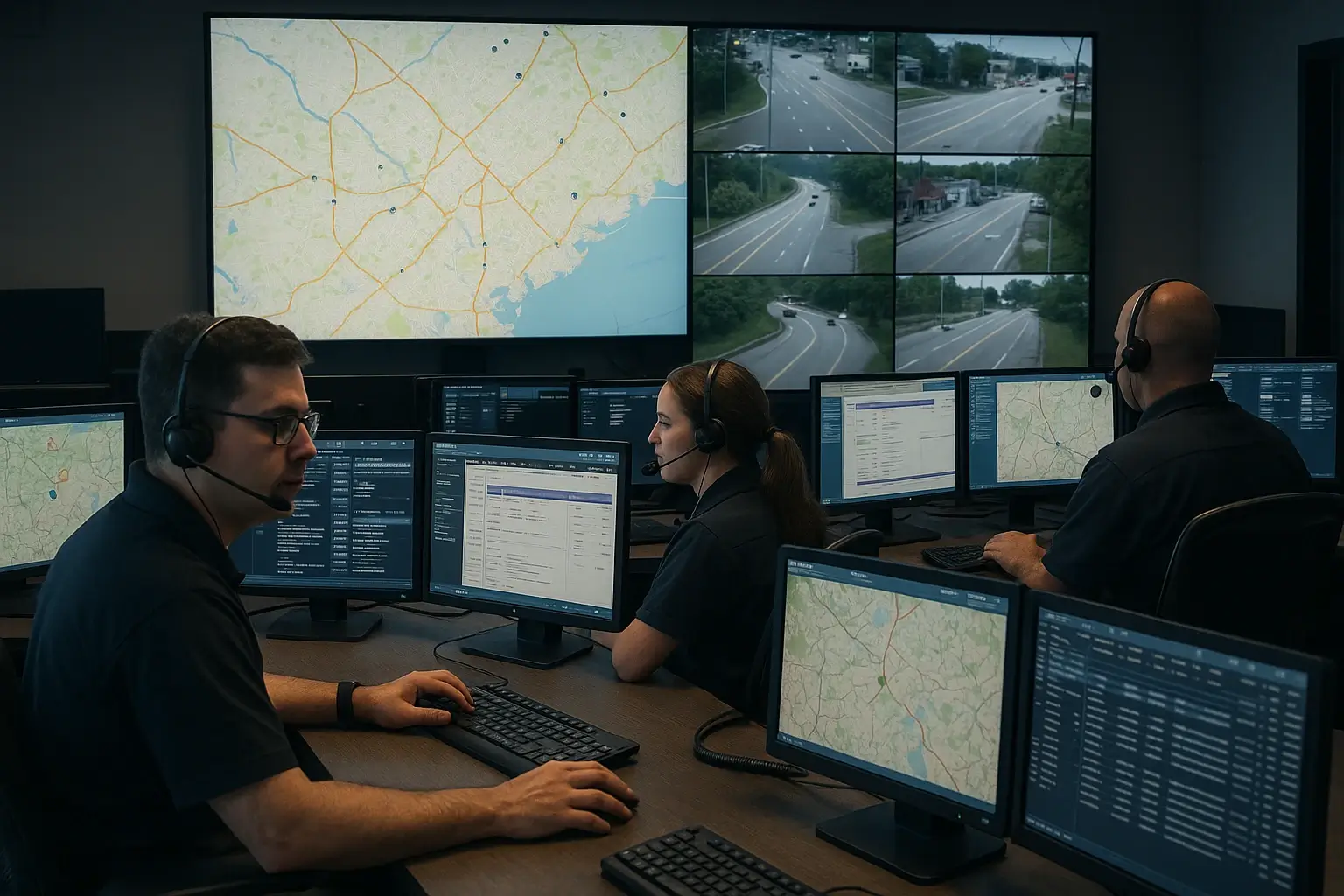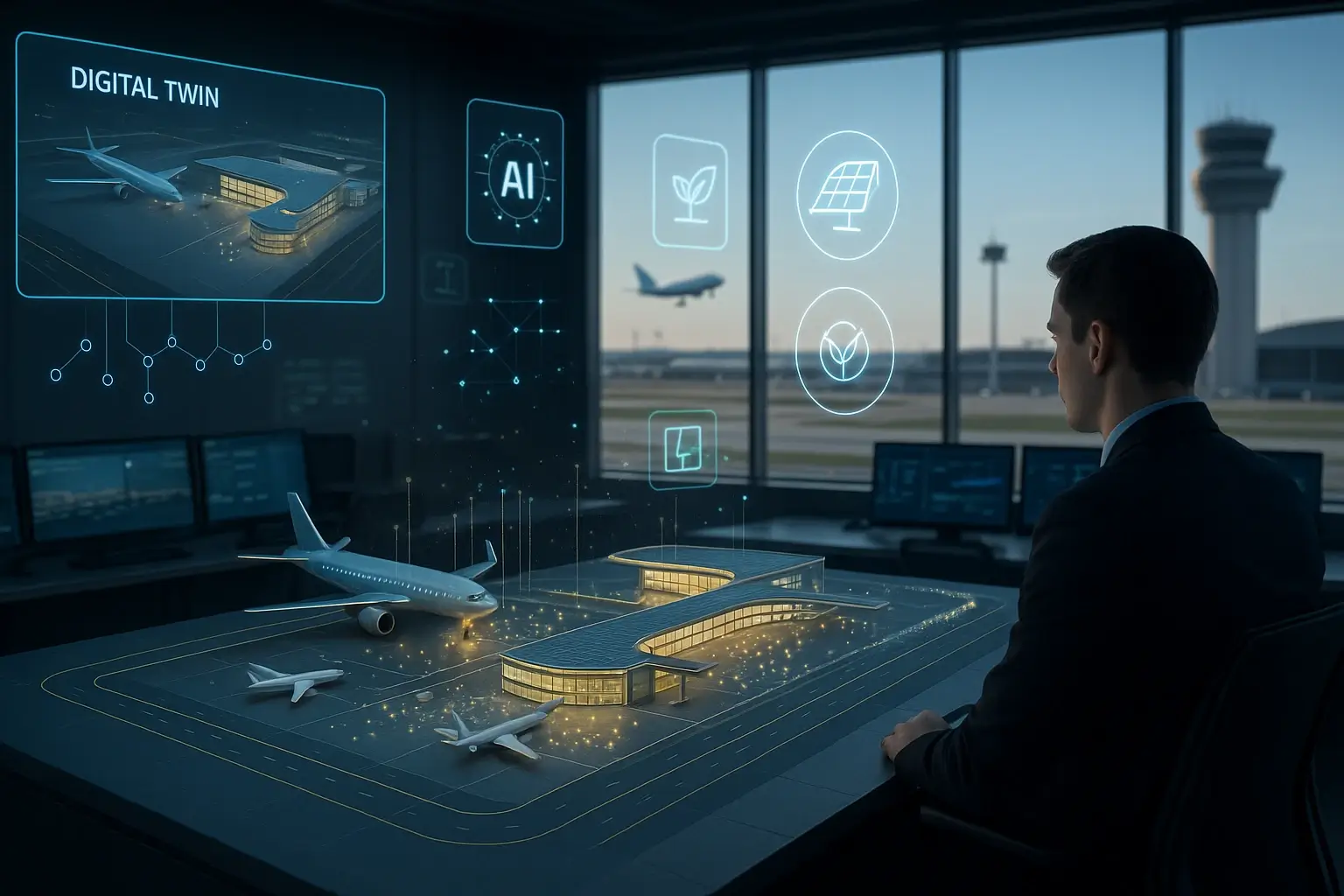Air traffic control desks & Air traffic control consoles
What’s an Air Traffic Control Desk, Really?
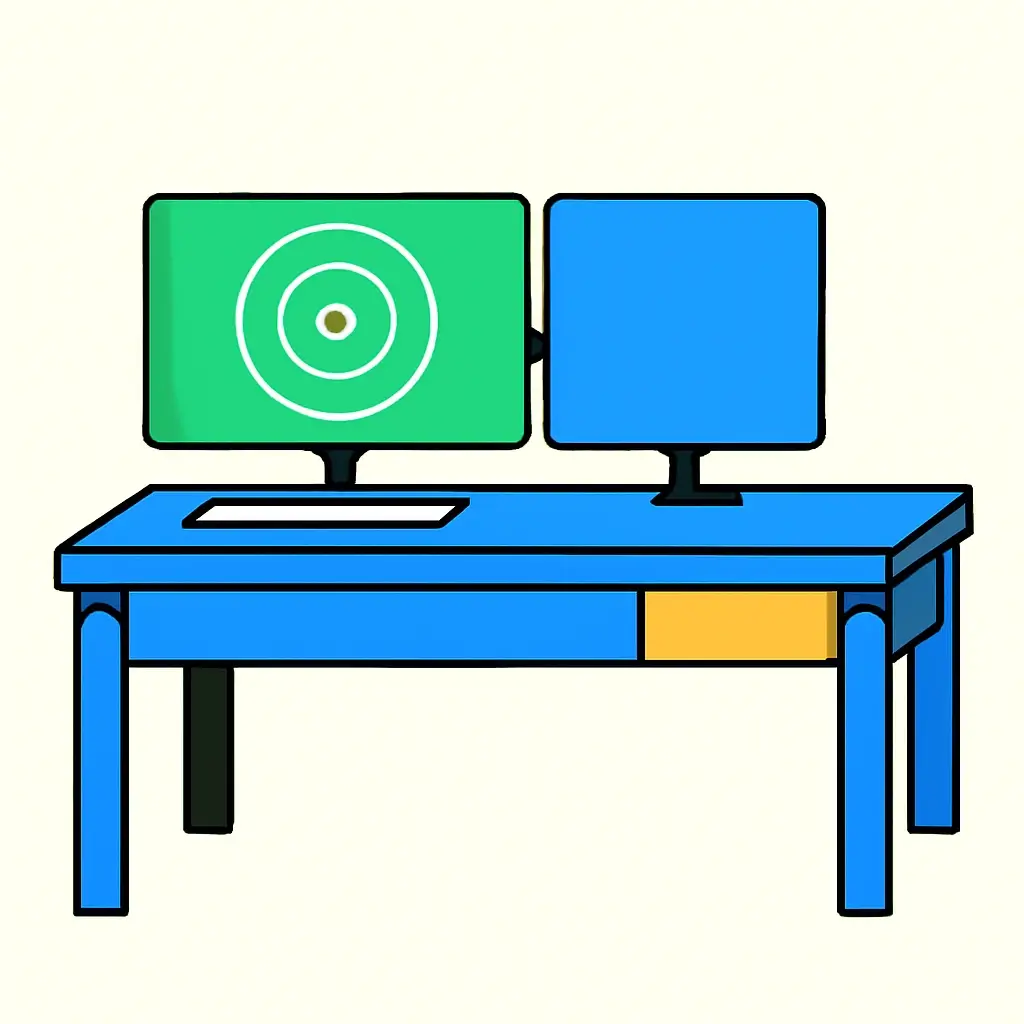
When people talk about an air traffic control desk, they’re usually picturing the place where a controller sits—monitors in front, radios crackling, data flowing. And they’re mostly right. But there’s more to it.
At its core, an ATC desk is a physical piece of furniture, custom-built to support the work of air traffic controllers. It’s not just a table. It’s a workstation made for fast thinking, long hours, and zero room for error.
It’s got the muscle and the brains:
- Structural hardware like monitor mounts, keyboard trays, and cable troughs
- Radar or comms mounts if needed
- Room to grow with the tech—because the tools change, but the mission doesn’t
You’ll find these desks in control towers, approach centers, and en-route facilities. They form the physical backbone of the room.
Why Air Traffic Control Desks Matter
These desks aren’t just furniture—they’re mission-critical. Every decision a controller makes happens right here, from sequencing takeoffs to rerouting a jet in a thunderstorm.
Here’s why they’re so important:
The core of safety ops
Controllers rely on these desks to access radar, talk to pilots, and keep planes apart. Everything needs to be right where it should be—because “almost” doesn’t cut it at 30,000 feet.
Designed for the grind
ATC isn’t a 9–5 job. These desks support 24/7 operations, long shifts, and the kind of mental focus that would exhaust most people in an hour. Ergonomics and durability matter—big time.
Emergency-ready
When weather turns or a system fails, the controller doesn’t run around. They act fast—from the desk. That’s why the layout supports quick decision-making, clean communication, and built-in redundancy.
Team-first layout
No controller works alone. These desks are often grouped to support coordination and communication—especially in high-traffic environments or shift turnovers.
Keeps operations flowing
From managing delays to maintaining separation in busy skies, these desks help controllers keep the whole system running. Smooth flow on the ground and in the air starts right here.
Choose your Air Traffic Control desks & Air Traffic Control consoles
Need the solution for the whole design?
Air Traffic Control Desk vs. Air Traffic Control Console: Know the Difference
People toss around “desk” and “console” like they’re the same thing. But if you build or buy this stuff, you know the difference is real.
ATC Desk:
- A hardware-only workstation
- Designed to support mounted monitors, input devices, and basic tech
- Doesn’t include the electronics or software—those are added on
ATC Console:
- A fully integrated unit
- Combines desk + embedded radar displays, radios, strip printers, comms panels, etc.
- Often built with custom software and data systems in mind
- Designed for plug-and-play operations
In plain English?
A desk is the stage. A console is the entire show.
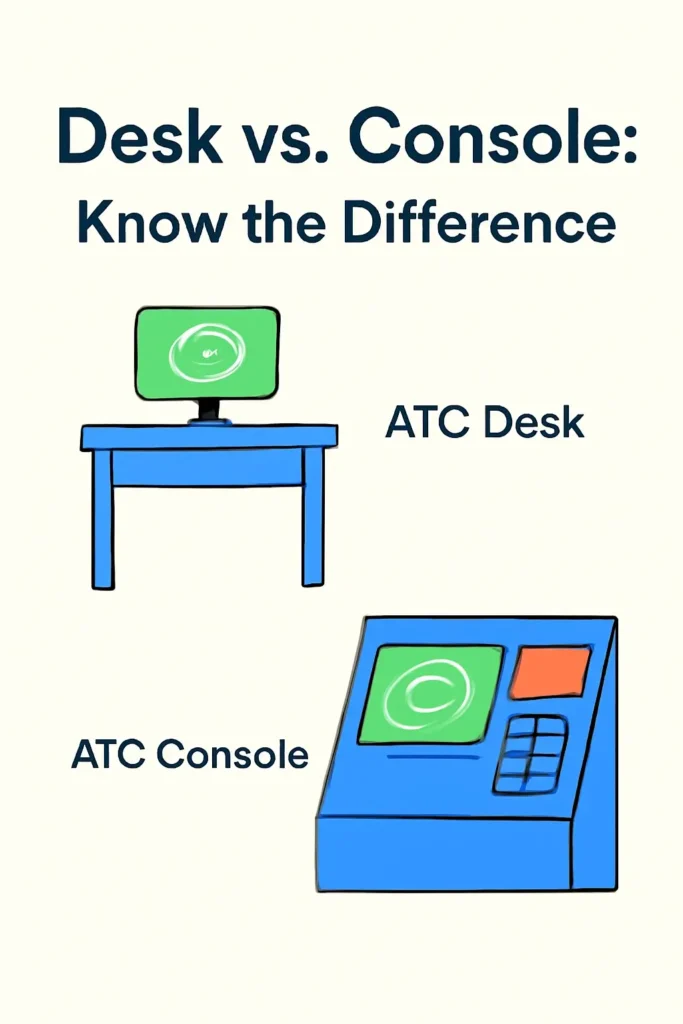
Air Traffic Control Desk vs. Air Traffic Control Furniture: Zoom Out a Bit
Now let’s get one level broader. What’s the difference between an air traffic control desk and air traffic control furniture?
Simple:
Desk:
- Just the workstation
Where the controller sits and works
Built for comfort, visibility, and tech support
Furniture:
- Everything in the room
Desks, chairs, storage cabinets, lighting, mounts, footrests—you name it
All of it designed to handle 24/7, high-stakes work without falling apart
Why it matters:
- A great desk helps one controller do their job better.
A well-designed furniture package helps the whole room stay focused, efficient, and healthy.

